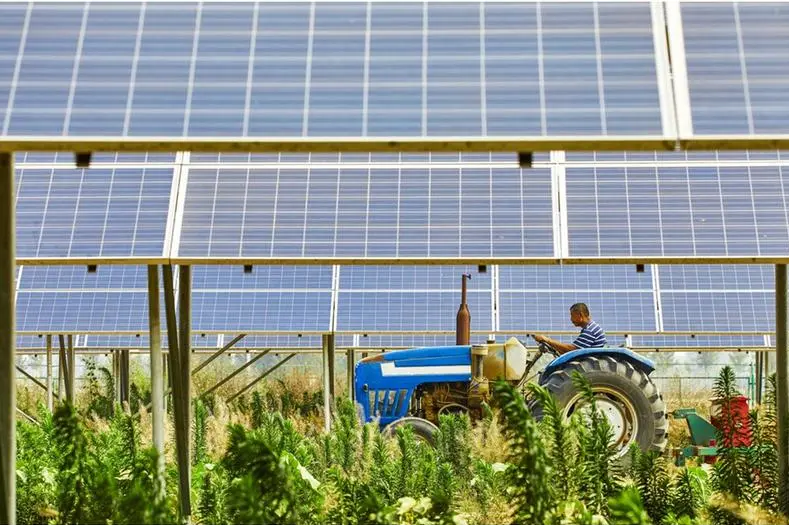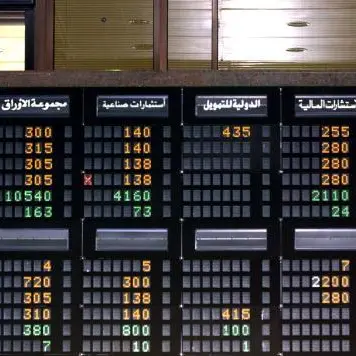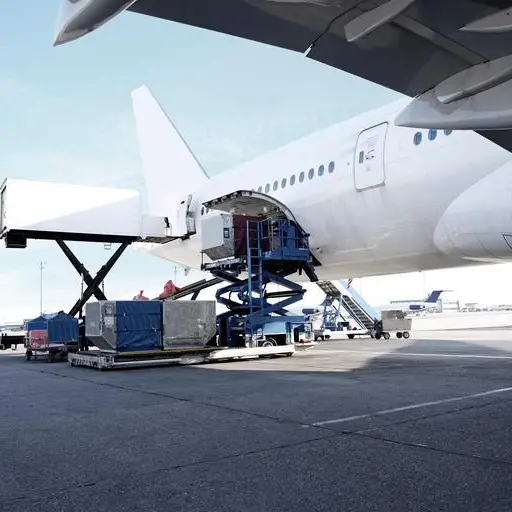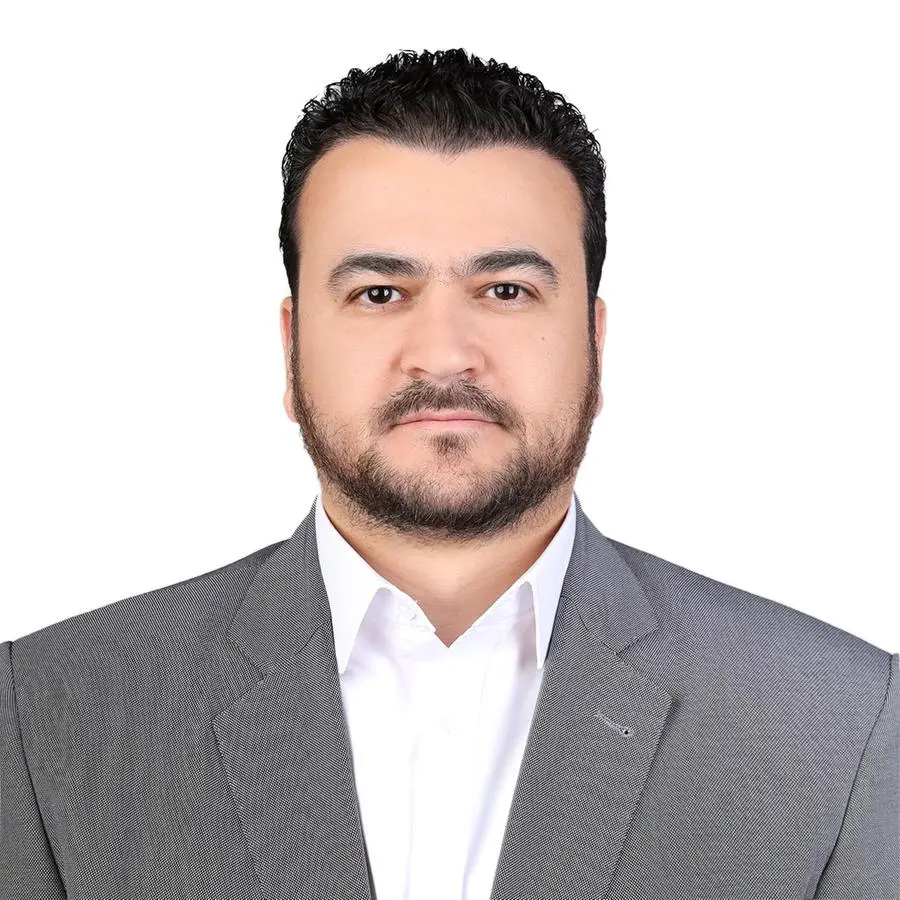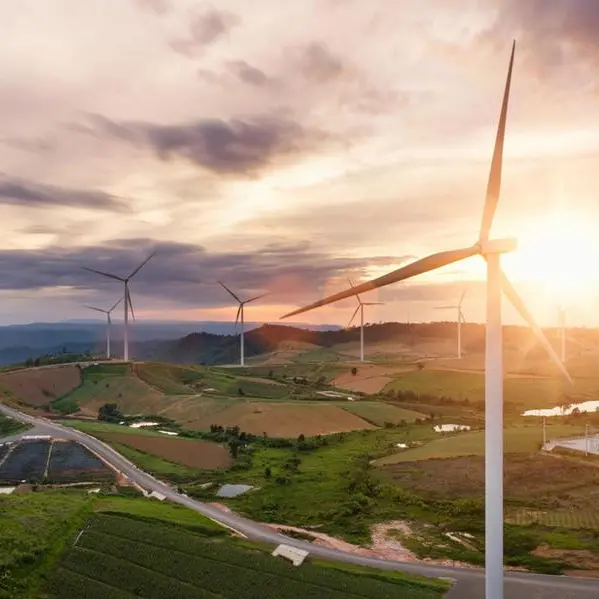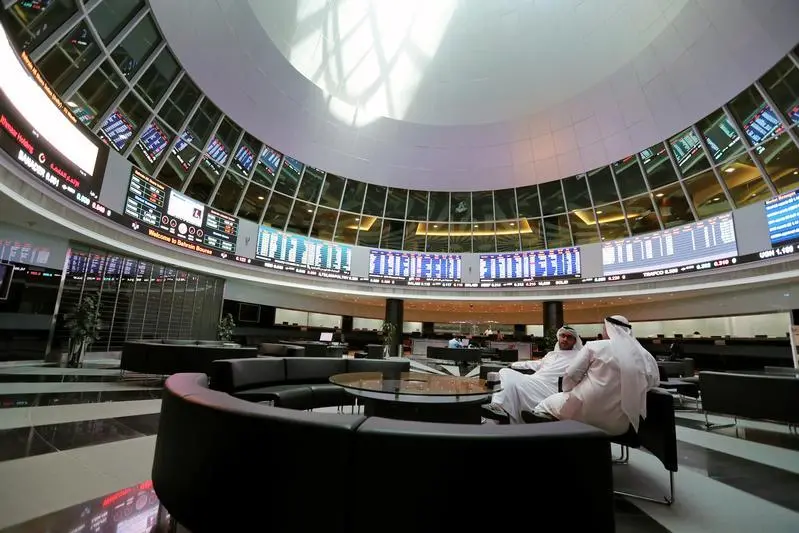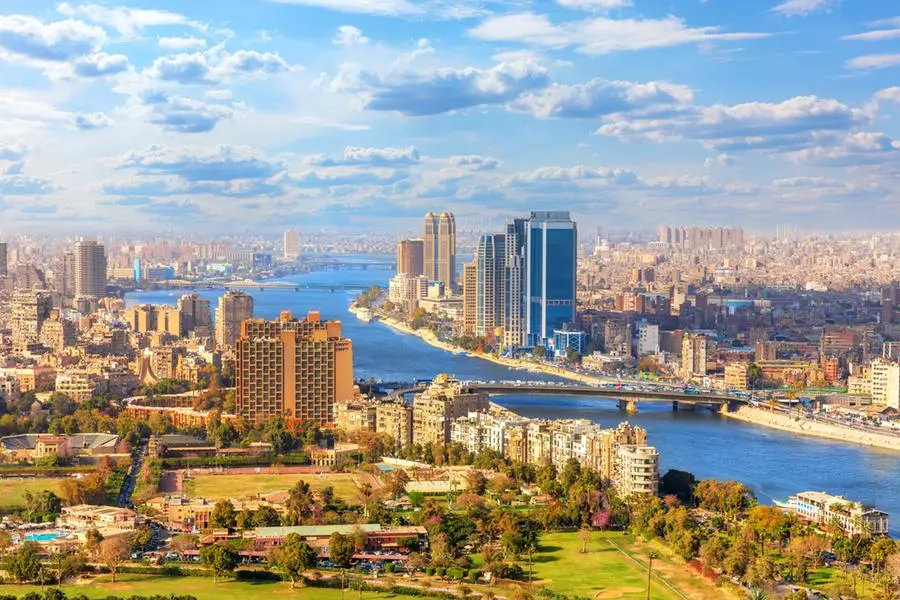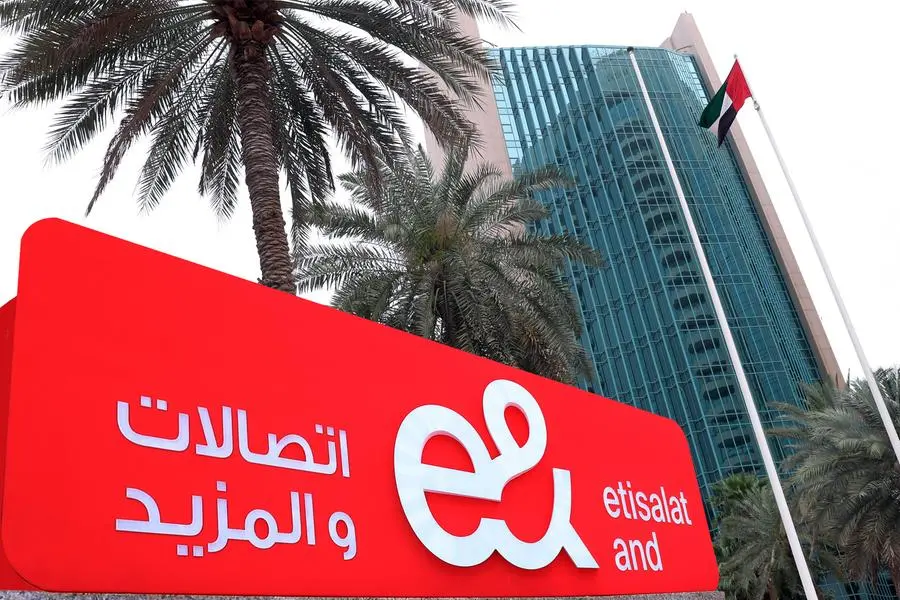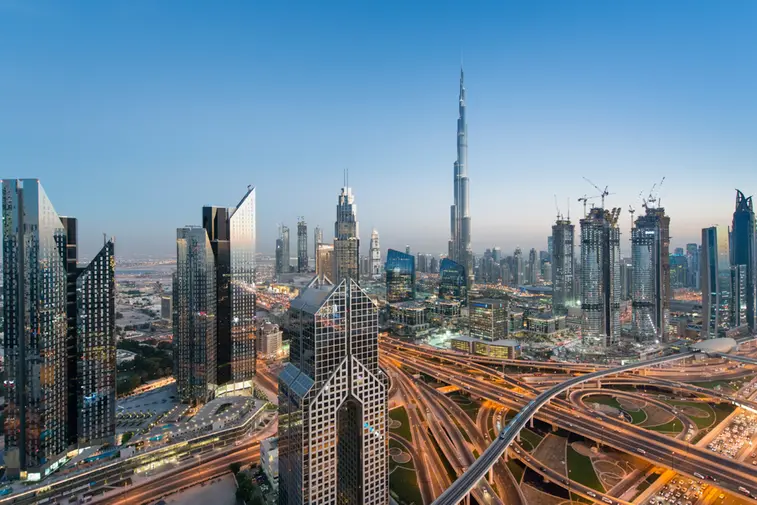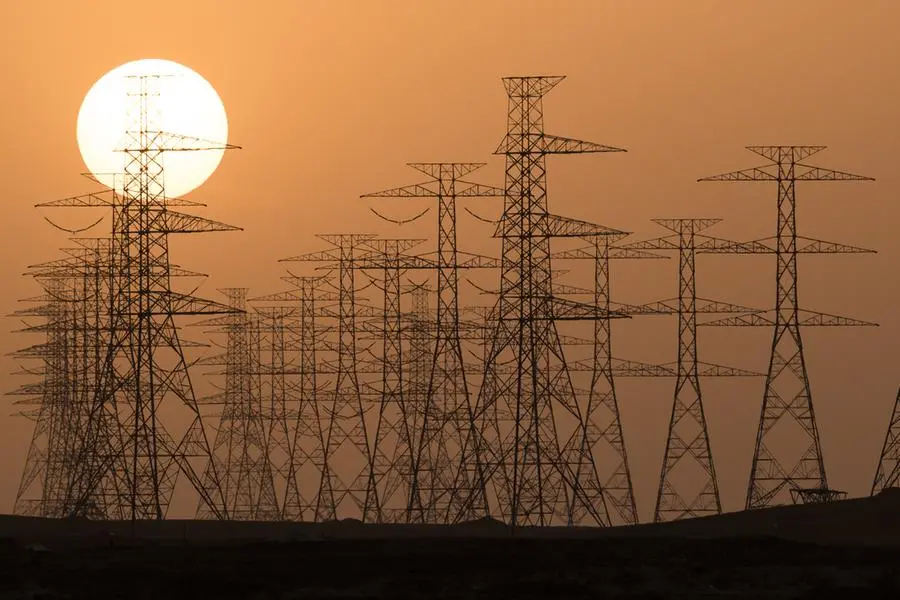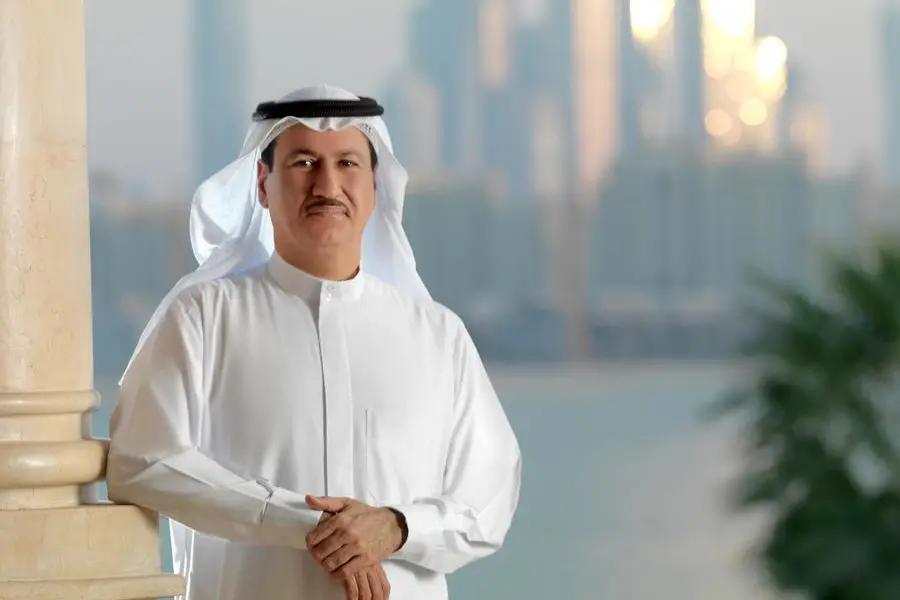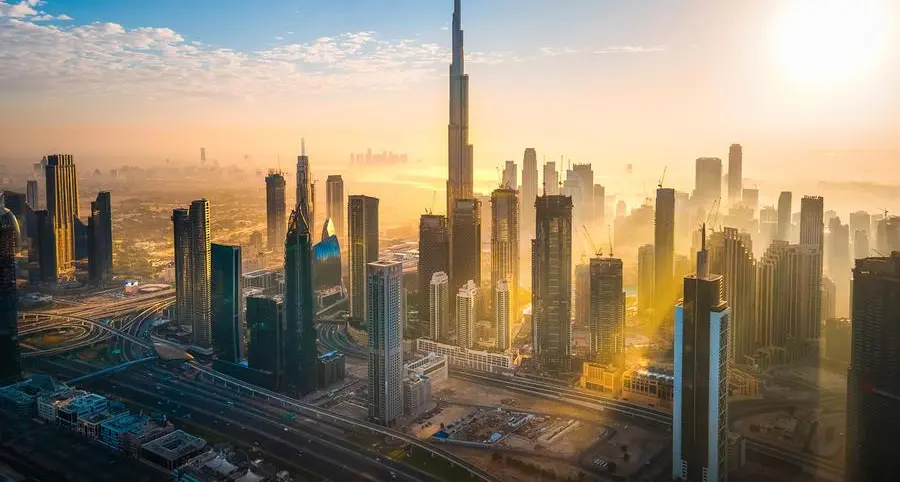PHOTO
A farmer harvests land and solar panels in backdrop. Image Courtesy: Al-Attiyah Foundation
A revolutionary suite of technologies could transform food and energy production in some of the world’s most climate vulnerable regions, the Al-Attiyah Foundation discovers in its latest Sustainability Research Paper.
Agrivoltaics, commonly shortened to Agri-PV, is the practice of co-developing an area of land for agriculture while simultaneously producing electricity from solar PV.
Also called dual-use solar, the practice involves adjusting the height of solar panels to as much as 14 feet, as well as adjusting the spacing between them, to accommodate equipment, workers, crops, and grazing animals. The spacing and the angle of the panels allows light to reach the plants below and has the added benefit of shielding those crops from extreme heat.
The electricity generated gets uploaded to the grid, typically through nearby substations. While some of the electricity may find its way to the host farm, the projects are devised to provide power for general use and potentially provide an alternative source of revenue for landowners.
The concept of Agri-PV was first conceptualised in Germany in 1981 and has more recently gained momentum globally due to growing interest in sustainable investments, demand for renewable energy and the fallen costs of PV technologies over the last decade.
Installed capacity of Agri-PV worldwide has increased from 5 megawatts-peak (MWp) in 2012 to more than 14,000 MWp in 2020, with national funding programmes prevalent in China, France, Japan, South Korea, and the US.
A year-long research collaboration between the University of Sheffield, World Agroforestry and Latia Agripreneurship Institute conducted in the semi-arid Kajiado county, approximately 100km south of Kenyan capital Nairobi, has given a tantalising glimpse into the technology’s potential in harsh, hot growing conditions.
At the test plot, cabbages grown under the 345-watt solar panels have been a third bigger, and healthier, than those grown in control plots with the same amount of fertiliser and water. Other crops such as aubergine and lettuce have shown similar results. Maize grown under the panels was taller and healthier.
According to Dr Richard Randle-Boggis, a researcher at the University of Sheffield’s Harvesting the Sun Twice project, the solar panels also shielded crops from sun and ultraviolet radiation (UV) and allowed for higher electricity generation while reducing the amount of water needed for irrigation by 47 per cent.
This is especially significant in countries like Kenya, where unprecedented droughts caused by global warming are already affecting food and water security, and where buying electricity from the national grid is exceedingly expensive, Randle-Boggis continued.
“We've reduced their reliance on the national grid, so they're becoming more self-sufficient,” he explained.
“And there is also the potential for climate-change resilience because you're essentially creating a more favourable growing environment and curbing some of those extreme conditions.”
In the next decades, food, water, and energy demand in the MENA region will increase as the population grows and climate vulnerability accelerates. This is likely to amplify the scarcity of land suitable for agriculture which creates an additional threat to the region’s food security.
The benefits of Agri-PV are wide-ranging and could potentially make a strong contribution to address these challenges. Agri-PV in agrifood chains can contribute to food security and nutrition, enhance productivity and support income diversification.
Furthermore, it can contribute to minimising GHG emissions and help the agri-food sector adapt to the effects of climate change. However, challenges and barriers still exist to support its widespread development and utilisation, including existing farming practices, high initial investment costs due to low market penetration and awareness, lack of government incentives and limited technical knowledge of best practices for adoption.
To download the full report titled Agri-Pv: Harvesting Agriculture and Solar Energy for a Sustainable Future and for more expert insights on the energy industry, visit the Al-Attiyah Foundation’s website at www.abhafoundation.org and @AlAttiyahFndn on Twitter.
-Ends-
